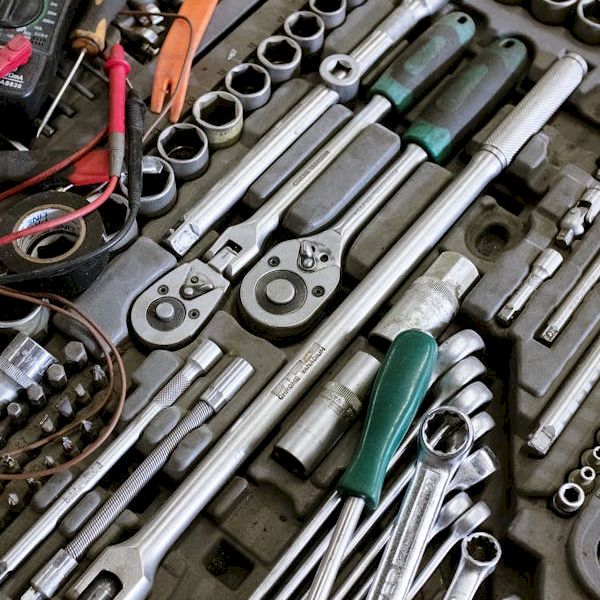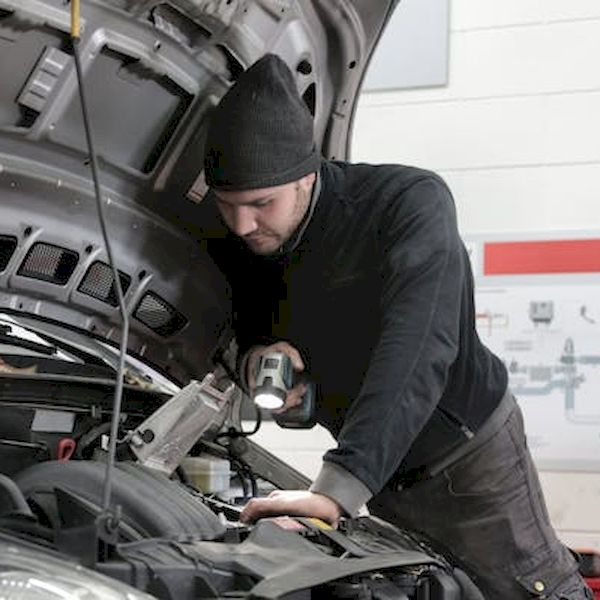Introduction
Fuel in engine oil is a critical issue that can severely affect your vehicle’s performance and longevity. When fuel contaminates engine oil, it interferes with the lubrication system, potentially leading to catastrophic engine failure. In this article, we will explore the symptoms of this problem, how it occurs, and what you can do to prevent and resolve it.

Understanding the Basics of Engine Oil and Fuel Components
Before delving into the symptoms of fuel in engine oil, let’s first look at the primary functions of engine oil and how it interacts with fuel in an internal combustion engine.
The Role of Engine Oil
Engine oil serves multiple purposes:
- Lubrication: It reduces friction among moving parts, ensuring smooth operation.
- Cooling: It helps dissipate heat generated by the engine.
- Cleaning: It carries away contaminants, preventing sludge formation.
- Sealing: It fills in the gaps between engine components, improving compression.
The Nature of Fuel Combustion
Fuel is injected into the combustion chamber, where it mixes with air and is ignited to produce power. The combustion process should ideally result in complete combustion, minimizing any fuel escaping into the engine oil.
Why Fuel in Engine Oil is a Problem
When fuel leaks into the oil, it dilutes the oil, reducing its effectiveness in lubrication and increasing wear on engine parts. This can lead to increased engine temperatures, diminished fuel efficiency, and ultimately severe engine damage.

Common Causes of Fuel Contamination in Engine Oil
Understanding how fuel finds its way into engine oil is vital for diagnosis and prevention. Let’s explore some common culprits.
1. Worn or Faulty Fuel Injectors
Fuel injectors are responsible for delivering the right amount of fuel into the combustion chamber. When they wear out or malfunction, they may leak fuel directly into the oil pan. Signs of faulty fuel injectors include:
- Rough idling
- Poor acceleration
- Excess emissions
2. Leaking Fuel Pressure Regulator
The fuel pressure regulator ensures that fuel pressure remains constant. A leak here can allow fuel to seep into the oil. Symptoms to watch for include:
- Engine performance issues
- Black smoke from the exhaust
- Unexplained fuel odor
3. Damaged Piston Rings
Piston rings create a seal between the combustion chamber and crankcase. If they fail, fuel can bypass the combustion chamber and enter the oil. Symptoms may include:
- Increased oil consumption
- Blue or gray exhaust smoke
- Loss of power
4. Faulty Cylinder Head Gasket
A compromised cylinder head gasket can permit fuel and oil to mix. This might show symptoms such as:
- Fluctuating engine temperature
- Sweet smell in the oil
- Overheating engine
5. Short Trip Driving
Frequent short trips prevent engines from reaching optimal temperatures, leading to incomplete combustion. This can cause unburnt fuel to wash into the oil. Drivers may notice:
- Poor engine performance
- Contaminated oil visible during checks
- High levels of emissions
Signs and Symptoms of Fuel in Engine Oil
Identifying fuel contamination early can save you from costly repairs. Here’s what you should watch for:
1. Strong Fuel Odor in the Oil
One of the most unmistakable signs of fuel in engine oil is a strong gasoline smell when you check your dipstick. This may suggest significant fuel dilution.
2. Abnormally Thin Oil Consistency
If the oil appears much thinner than usual, it could be a sign of fuel dilution. Regular oil is thicker and should maintain its viscosity when warm, unlike diluted oil.
3. Oil Color Changes
Engine oil typically appears amber or brown when healthy. If you notice it turning dark, almost like a coffee color, it might indicate contamination from fuel, soot, or other debris.
4. Increased Engine Wear
Increased wear on engine components can result in loud noises, knocking sounds, or vibrations, signaling that the engine is not being properly lubricated due to diluted oil.
5. Unusual Exhaust Emissions
Smoke from the exhaust can indicate a fuel issue. White or blue smoke, in particular, suggests that fuel is mixing with engine oil, leading to combustion issues.
6. Warning Lights on Dashboard
Modern vehicles come equipped with multiple sensors that can detect fuel and oil issues. Dashboard warning lights pertaining to oil pressure, fuel systems, or engine performance should not be ignored.
Diagnostic Steps to Confirm Fuel in Engine Oil
If you suspect fuel contamination in your engine oil, it’s essential to carry out some diagnostic tests to confirm the issue.
1. Visual Inspection of Oil
Start by checking your oil level and condition. Use the dipstick to assess color, viscosity, and smell. You may also drain a small sample and inspect it further.
2. Oil Analysis
For a more extensive evaluation, consider sending an oil sample to a laboratory. They can perform a detailed spectroscopy analysis that identifies the presence of fuel, water, and other contaminants.
3. Fuel Pressure Test
Evaluate the fuel pressure using a pressure gauge. Correct pressure levels should correlate with manufacturer specifications. Any deviation might indicate a problem.
4. Compression Test
A compression test can help determine the integrity of piston rings or the cylinder head gasket. If there are discrepancies, further inspection is warranted.
5. Visual Check of Fuel Injectors
Inspect the fuel injectors for signs of leakage or uneven spray patterns. If they appear worn or broken, they may need replacement.

Solutions and Remedies for Fuel Contamination
If you confirm that fuel is contaminating your engine oil, take action promptly. Here are several recommended solutions and preventive measures.
1. Change the Oil and Filter
The immediate step is to drain the contaminated oil and replace it with new oil. Ensure you also change the oil filter to remove any trapped contaminants.
2. Repair or Replace Faulty Components
Whether it’s fuel injectors, the fuel pressure regulator, or gaskets, fix any faulty components that are allowing fuel to leak into the oil.
3. Regular Maintenance Checks
Conduct routine maintenance, including oil changes, inspections of the fuel system, and evaluations of any potential issues that could lead to contamination.
4. Engine Running Practices
Avoid short trips whenever possible, especially in cold weather. Allowing your engine to reach operating temperature can help burn off any residual fuel that might escape during startup.
5. Install Fuel System Enhancements
Consider upgrades such as high-performance injectors or an advanced fuel pressure regulator to minimize the risk of leaks and help maintain a consistent fuel-to-oil ratio.
The Economic Efficiency of Early Detection
Avoiding fuel contamination is not just about engine health—it’s also an economic consideration. Repairing damage caused by fuel in engine oil can often be far more expensive than routine maintenance or minor repairs. The longer you wait to address symptoms, the more significant the potential damage:
- Potential Damage Costs: Engine rebuilds or replacements can range from several hundred to thousands of dollars depending on the severity of the contamination.
- Fuel Efficiency Impact: Fuel in engine oil can lead to a drop in overall fuel efficiency, which means you may be spending more on fuel for a vehicle that’s running poorly.
- Downtime: Loss of vehicle use during extensive repairs can lead to costs related to alternative transportation methods.
Adding It All Up
Understanding fuel in engine oil symptoms and implementing strategies to prevent this issue is essential for maintaining vehicle health and economic efficiency. With proactive measures, regular monitoring, and timely repairs, you can protect your investment in your vehicle and ensure a smooth, reliable driving experience.
Conclusion
Fuel in engine oil symptoms can signal serious issues that compromise engine health. Early detection and proactive measures are crucial to ensure the longevity and performance of your vehicle.
